Old Wounds, New Tensions: China and Japan Face Another Reckoning
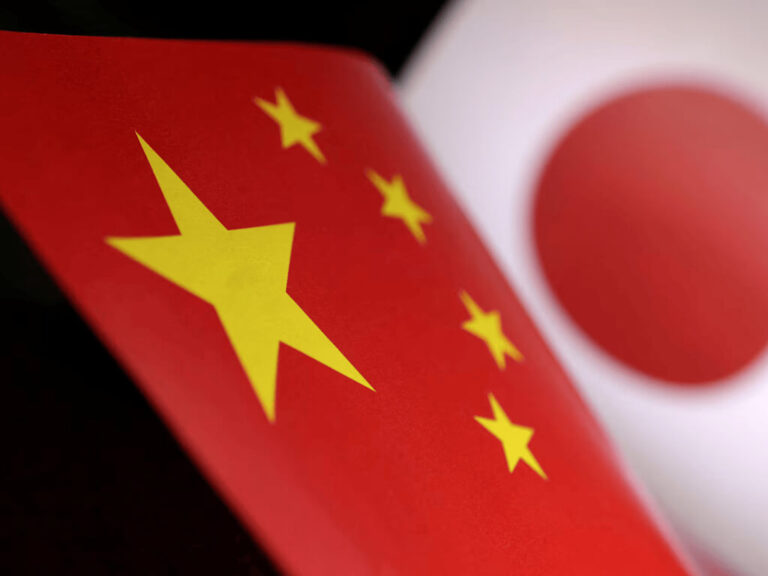
Deep rooted historical animosities between China and Japan have resurfaced, raising concerns about how far current tensions could escalate.

Deep rooted historical animosities between China and Japan have resurfaced, raising concerns about how far current tensions could escalate.
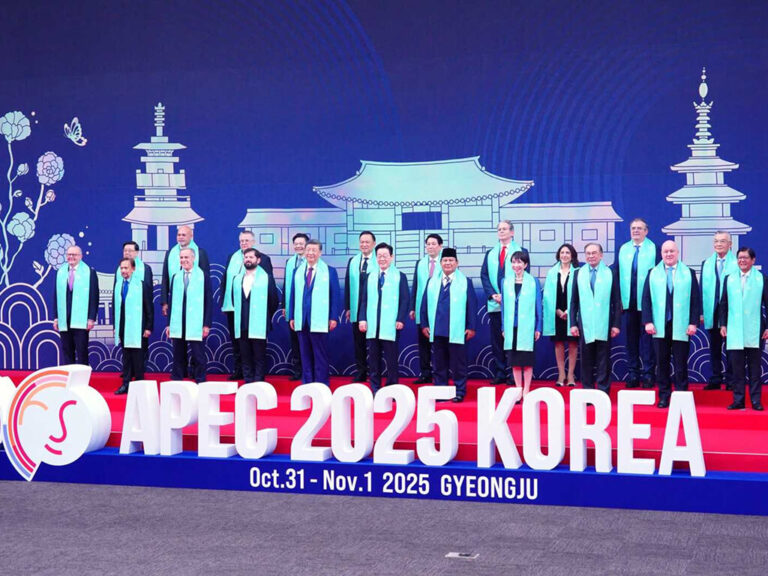
APEC 2025 in South Korea highlighted fractures in global cooperation as the U.S. stepped back and China asserted its growing influence.
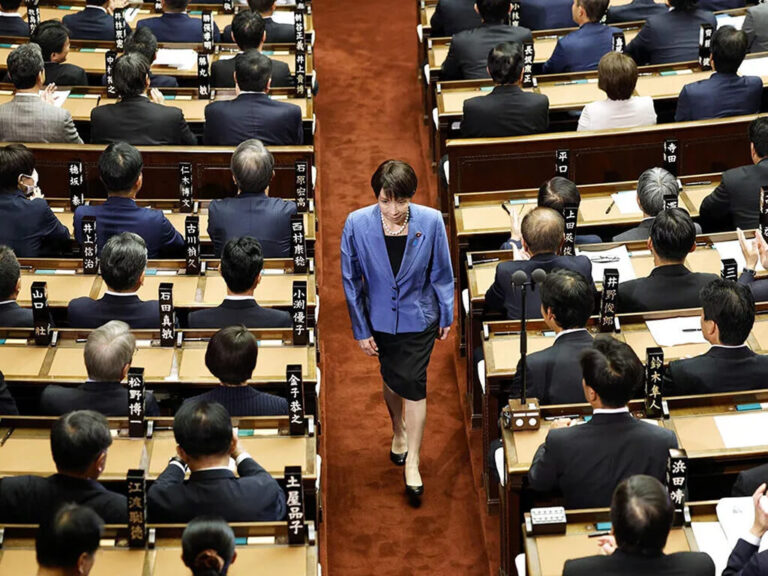
Sanae Takaichi takes office as Japan's first female prime minister promising tougher immigration rules and stronger defense while facing a divided party and public skepticism.
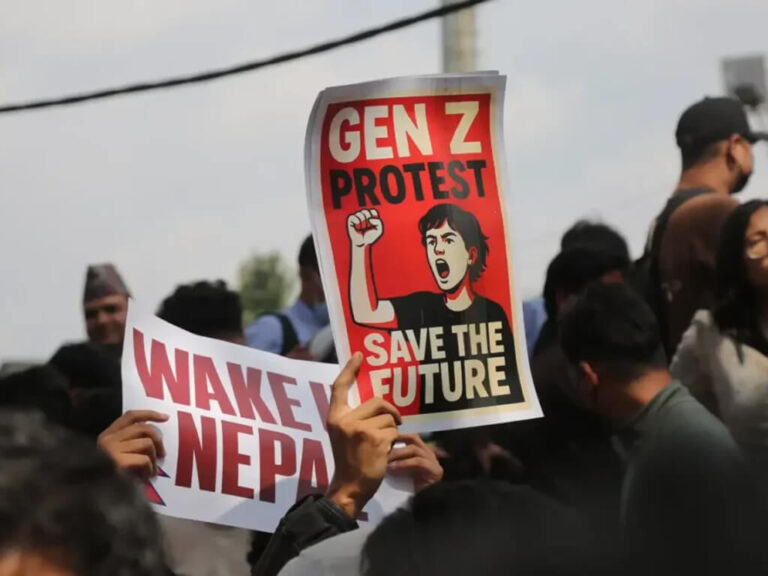
One month after Nepal’s Gen Z–led uprising reshaped its political landscape, the interim government faces growing pressure to prove it can deliver on its promises and retain public trust.
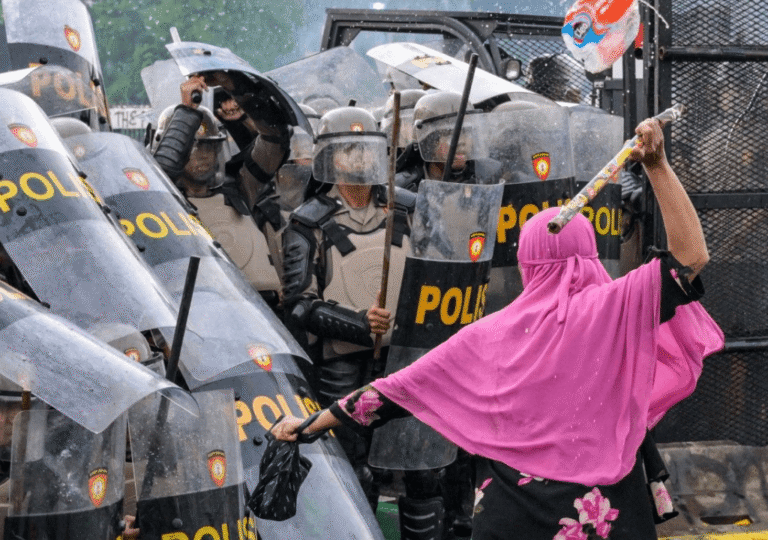
Widespread protests erupted across Indonesia after public outrage over lawmakers’ perks and the death of a young delivery driver. Here is what sparked the unrest and how President Prabowo Subianto’s government responded.
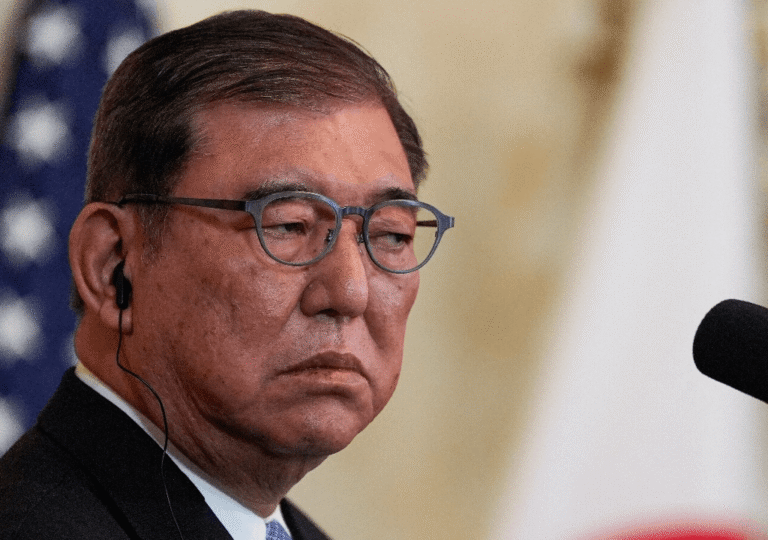
Shigeru Ishiba resigns as Japan’s prime minister less than a year into office after election setbacks. Here is what led to his resignation and the challenges facing his successor.
Singapore’s 15th Parliament opens with President Tharman Shanmugaratnam presiding. The session faces global tensions, domestic pressures, and the largest opposition representation in post-independence history.
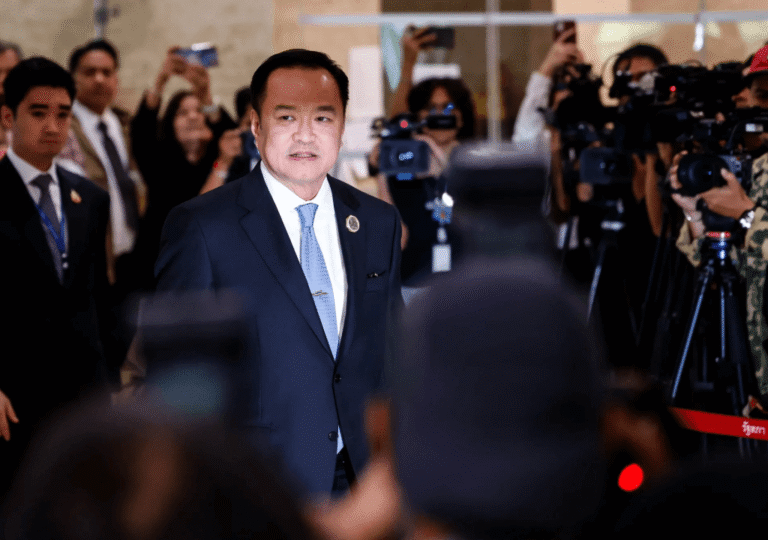
Thailand’s parliament elects Anutin Charnvirakul as the country’s 32nd prime minister, backed by pro-reform and conservative parties, as new elections are promised within four months
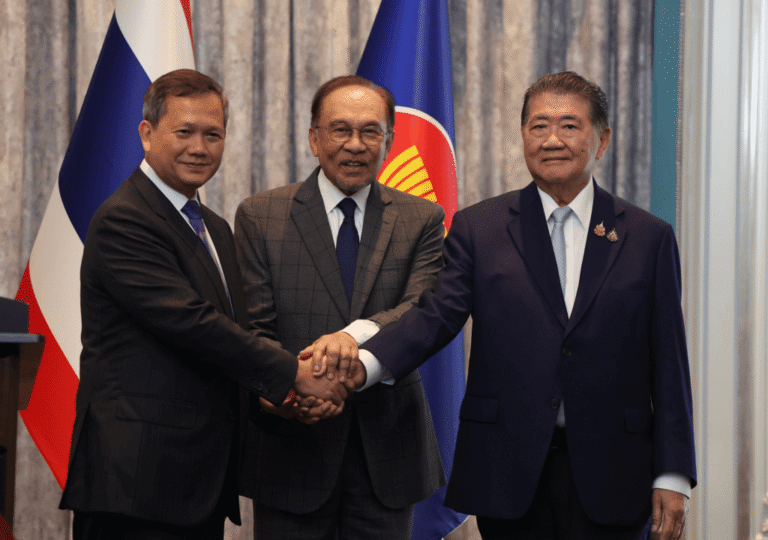
After the truce, the border between Thailand and Cambodia remains tense. Discover the challenges and possibilities for peace between the two nations.
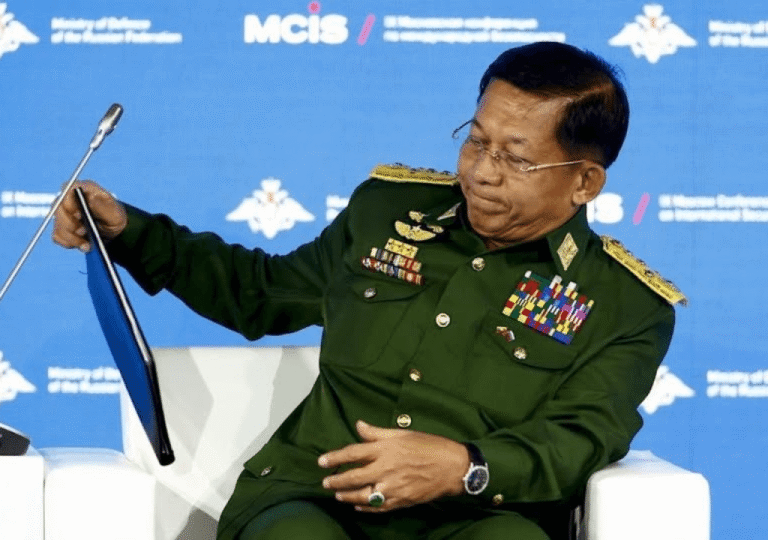
Myanmar’s military junta has announced elections for December 2025 under new electoral laws, but with half the country under armed resistance, questions remain about legitimacy and feasibility.